Automate This!
-
1/3Of total healthcare costs are administrative
-
$250 BILLIONPotential annual savings from standardization of systems with AI
In our hospital system we have more than enough data; the key is understanding it and acting upon it. Make it functional and actionable
Johnson Scaria
Director of Periop and Procedural Business Ops, Kaleida Health
Unlike clinical medicine, which is complex and variable, healthcare administration is replete with menial, repetitive tasks ripe for automation. Administration accounts for nearly a third of total healthcare costs ($1.2 trillion of $4.1 trillion), and a recent McKinsey study suggested that standardization of systems powered by AI could save around $250 billion per year. We expect a 20x increase in investment in AI technology for healthcare, with a focus on patient administration. Medical coders, billers and schedulers will see their ranks thin drastically.
IS THERE A ROBOT IN THE HOUSE?
Robots have been used for years in surgery, as well as for pharmacy tasks and the on-site transport of lab samples, food and medication. Robots using ultraviolet light help cleaning teams reduce the number of hospital-acquired infections. Robotic tools have become commonplace in laparoscopic surgery, and we expect use of robots in surgery to quadruple by 2030, but fully autonomous robots in the OR are still years away and face significant hurdles from hospitals and regulators.
AI AND THE MEDICAL CHART
Remarkably, nurses and doctors spend between a quarter and half their working day on documentation. Companies like Augmedix and Nuance listen to providerpatient interactions and use automated speech recognition and natural language processing to generate clinical notes, cutting charting time by 40%. By 2030, automatic documentation technology will chart 70% of patient encounters, alleviating one of the leading causes of provider burnout.
TELEMEDICINE
Covid drove a 154% increase in e-visits. Use has fallen since 2020, but not to pre-pandemic levels. Telemedicine will grow steadily in the next ten years as it becomes part of a hybrid care-delivery approach. Though touted as a means of reducing burnout, recent data suggests that telemedicine increases physicians’ after-hours EHR-work burden. As documentation AI improves, telemedicine will finally deliver on its anti-burnout promise. In the next five years, hospitals will adopt natural language processing to generate a structured patient record immediately following each telemedicine encounter.
AUGMENTED REALITY AND VIRTUAL REALITY IN MEDICAL INSTRUCTION
The educational use of augmented reality and virtual reality technologies is accelerating. Studies have demonstrated its effectiveness in improved knowledge gain (anatomy) and technical skill acquisition (surgery and line placement), along with empathy, communication skills and clinical decision-making. In certain cases, AR and VR will supplant real-world experience (e.g., the cadaver lab), but more often will be woven into medical school curricula and resident training. Coupled with more robust artificial intelligence, AR/VR will offer bespoke, dynamic scenarios to meet specific learning goals. Furthermore, researchers are combining 3D AR headset displays with older technologies like ultrasound to improve the accuracy of procedures like needle insertion. This will likely become a core competency for medical students.
